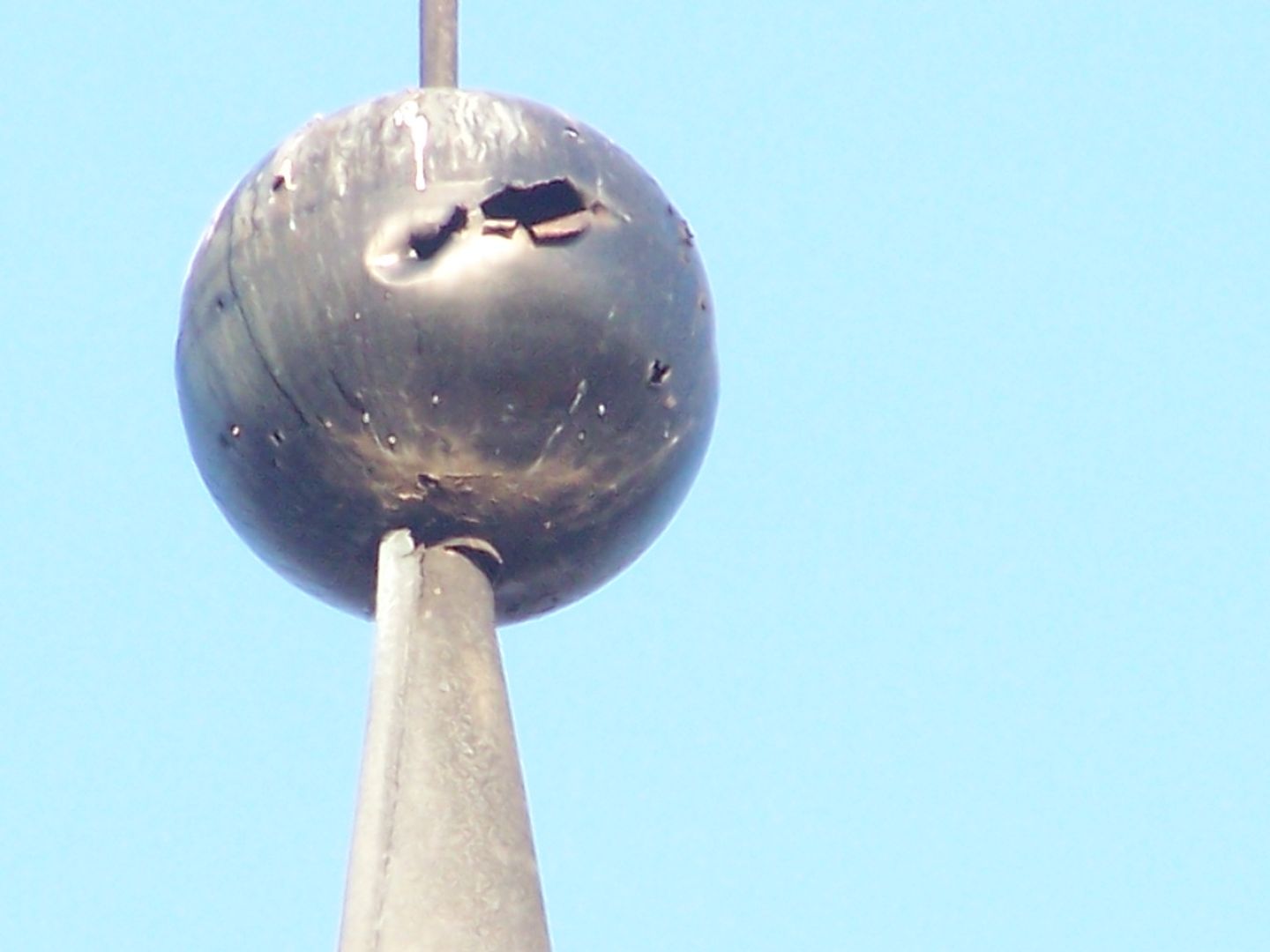Narzym
6.11

Overview
Narzym, also known as Wildenau, is a village located in the Warmian-Masurian Voivodeship, in Działdowo County, on the Mława Hills. The history of the village dates back to the times of the Prussian Sasin tribe, and later events shaped its fate when these lands became part of Masovia and were subsequently associated with the Teutonic Knights and the noble Dołęga-Narzymski family. In the 14th century, a castle was built here, which was one of the few private castles in the Teutonic state. Narzym was once a center of culture and education, with the first school and the seat of the District School Inspectorate. In 1920, the village was incorporated into Poland, and after World War II, administrative and demographic changes took place. The architectural heritage of the village includes a parish church from the early 15th century, which retains medieval elements such as a Gothic alms box and a stone baptismal font. Around the church was the former cemetery, where a medieval brick kiln was discovered. Narzym is also home to many famous historical figures, such as Mikołaj Narzymski, the castellan of Sierpc, and Andrzej Concius, an influential teacher and evangelical clergyman. The village developed infrastructurally towards the end of the 20th century, with access to gas, water, and the internet, as well as an operating primary school and kindergarten. Narzym is the seat of the Narzym Forestry District and the Narzym Parish, and also a venue for sporting events, including annual cross-country runs. An interesting fact is the plan to create an archaeological open-air museum, which will attract tourists who can better explore the rich cultural and historical heritage of this village. Narzym also has well-developed transportation, with direct rail and bus connections to many cities.
Location
2025 Wizytor | All Rights Reserved